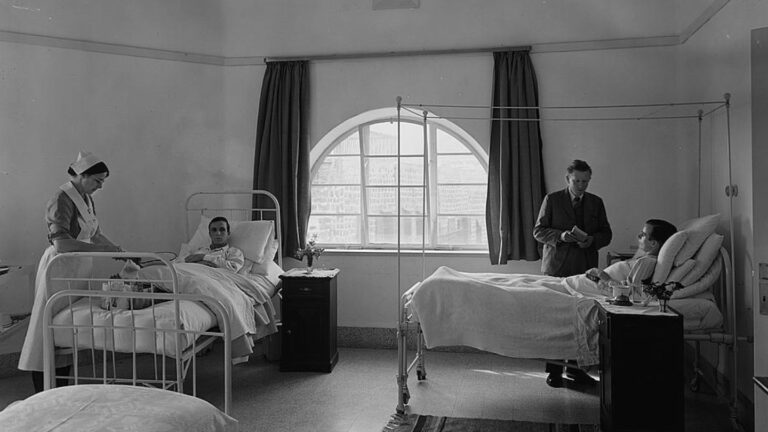This year’s celebrations of the State of Israel’s 70th anniversary have focused justifiably on the startup nation’s great successes. Little has been written about the hardscrabble early years, the post-War of Independence austerity regime of the 1950s, when the newly established nation had no credit line and was on the verge of bankruptcy.
A new exhibition, “The Zionist Side of the Coin,” at the Discount Group’s HerzLilienblum Private Museum in Tel Aviv, examines the economic challenges faced from 1949 to 1959, when newborn Israel enforced a tzena (Hebrew for “austerity”).
Those years of rationing and other economic measures are presented through rare photographs and films, texts and documents.
Sponsored by the Discount Bank Group, the museum covers the Israeli banking sector and Tel Aviv nostalgia, and is fittingly located adjacent to the street where black-market money-changers once plied their trade.
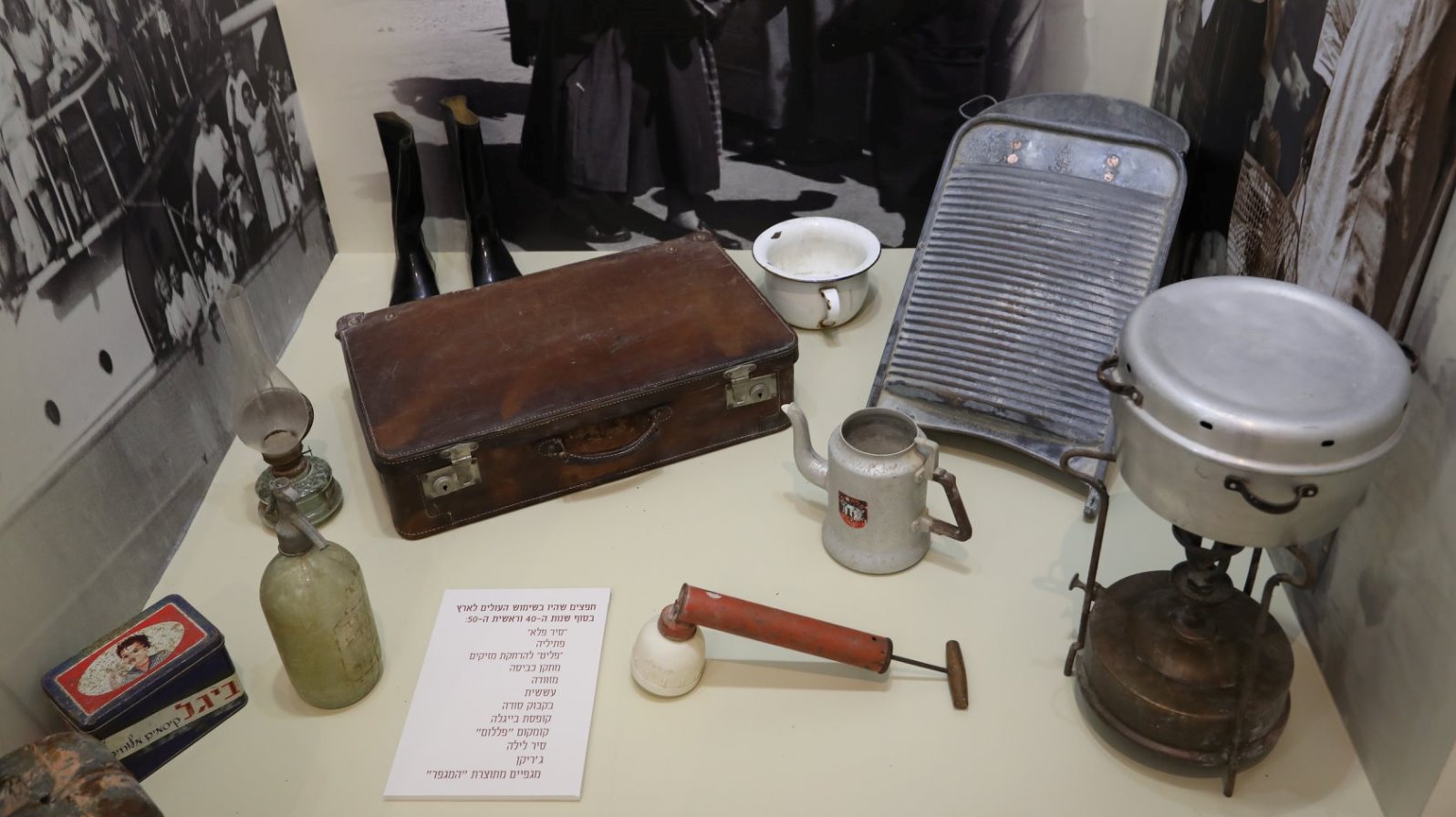
What were the circumstances that gave rise to such measures? In a paper published by The Southern California Interdisciplinary Law Journal entitled, “Unexceptional for Once: Austerity and Food Rationing in Israel, 1939–1959,” researcher Guy Seidman describes the economic situation of the young state of Israel as “under exceptional pressure and near financial collapse.”
“As the grueling War of Independence came to its slow end by July 1949, with separate armistice agreements signed with most Arab nations, the country’s recovery was further slowed by an enormous influx of immigrants. It was widely understood that the government would have to declare an economic emergency situation in the country.”
“Given the time pressures and the familiarity with the British austerity scheme enforced before Israel’s establishment, the government chose to continue the use of the mandatory emergency legislation of 1939.”
Under the British Mandate, Seidman points out, “the mandatory legal regulatory scheme put in place in Palestine was part of the food control scheme also put into effect throughout the entire British empire.”
In early 1949, the government established a Ministry of Rationing and Supply, in charge of rationing food, clothing and all essential provisions, and going after black marketeers.
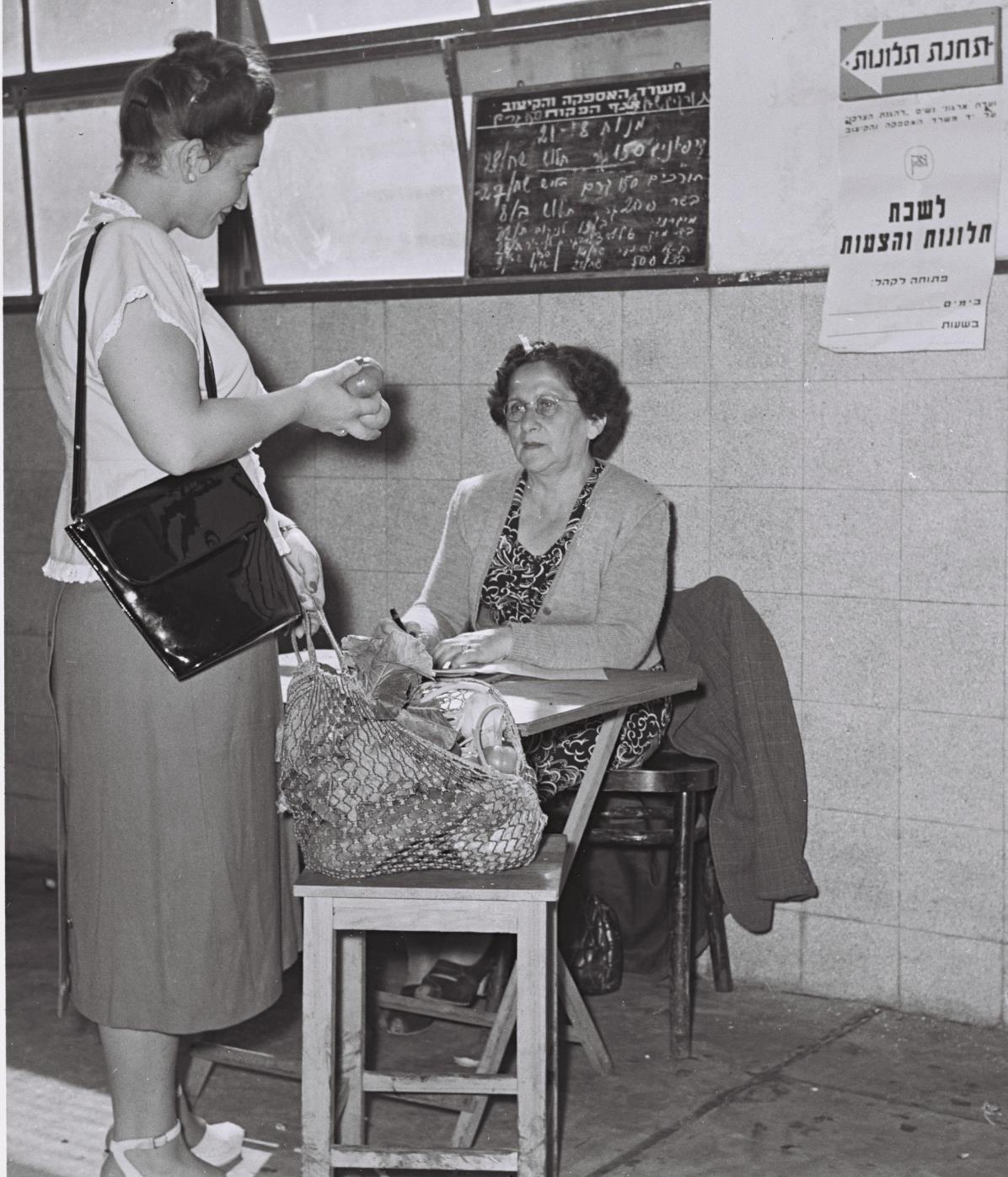
Life under austerity was not easy. The Ministry of Rationing and Supply created a “basket” of basic products, such as sugar, oil, bread and margarine, which could be purchased only in authorized stores.
Coupon books allocated the type and amount of food and clothes to be consumed. People stood in line for hours to obtain goods — if they were available.
According to local historian David Sela, curator of the wonderful Nostalgia Israel website, the austerity regime “turned every neighborhood grocery store into a government agency because every citizen had to register at the store, after which every family received a ration coupon book.”
People tried to stay on the grocer’s good side; one argument could mean getting a half-loaf of bread instead of a whole one.
In a television interview given during the 2011 butter shortage, Sela told stories about the truly hard times.
“The allocation per person was 1,600 calories per day only. There was a strict directive. They brought in an international expert whose guidelines were: decide how the amount a person could consume each day without starving to death. And the allocation was a half loaf of bread per person, per day, 60 grams of corn, of rice, of legumes, but only 0.75 grams of meat per month.”
An entire industry of ersatz products was developed: chicory tablets replaced coffee, soup cubes instead of chicken soup, powdered eggs and milk instead of the real thing. According to Sela, “There wasn’t any fruit so they manufactured a compote that was reminiscent of the taste of fruit. A factory was set up precisely for this purpose.”
The ministry also determined import volume, the supply of raw materials and goods to trade and industry, and managed agricultural and industrial production and export. The goal was to strengthen local production and export, reduce and perhaps even prevent the state’s dependence on foreign imports, and reduce its dependence on foreign currency.
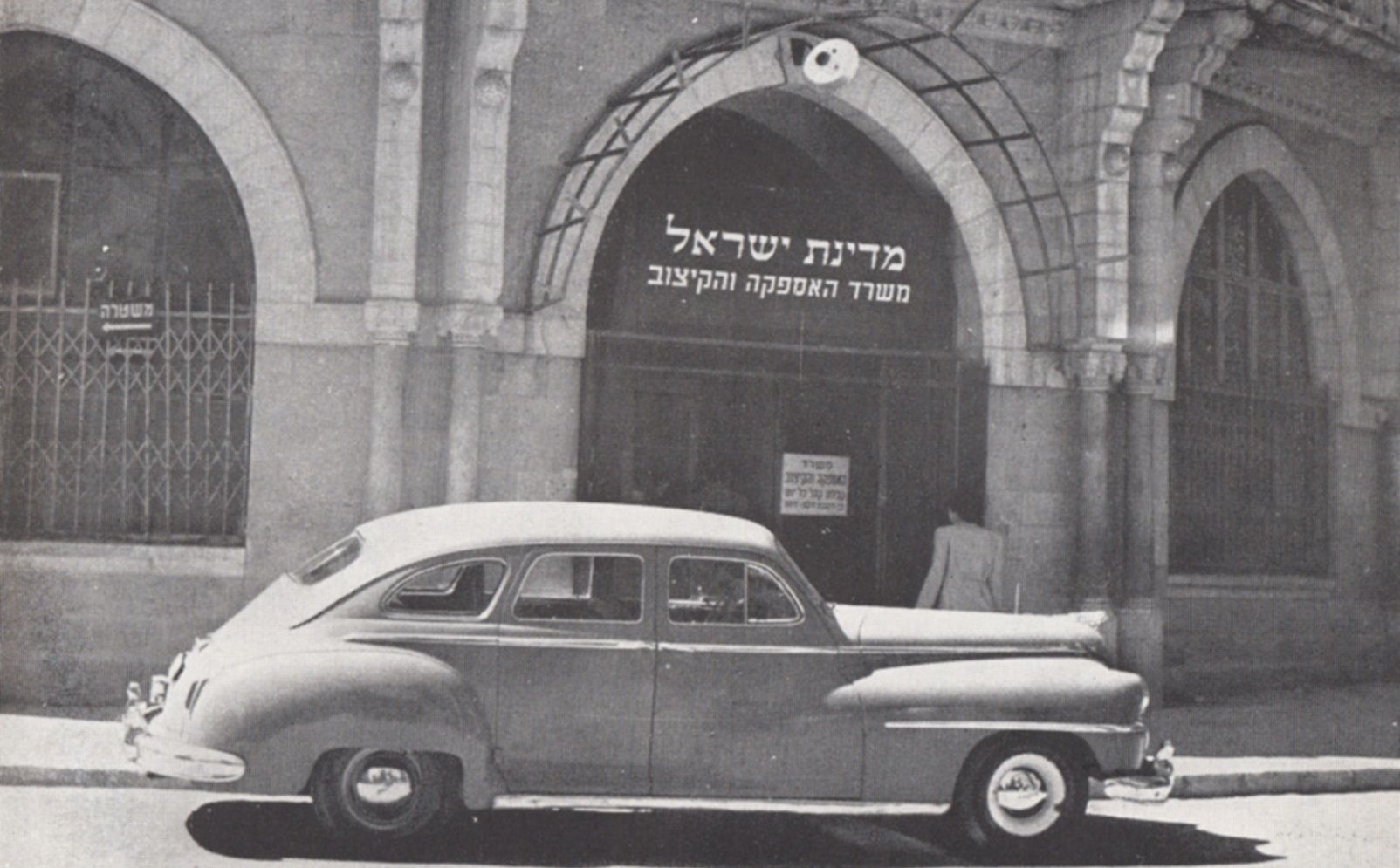
This led the ministry to expand the basket of basic products to include utilitarian furniture, clothing and footwear – all of which could be purchased if one had enough coupons.
To combat profiteering, the Ministry of Rationing and Supply implemented strict enforcement measures, a system of inspectors and special courts, a propaganda campaign, and assistance from the Israeli Security Agency (Shin Bet) to search vehicles and confiscate illegally procured goods.
Sela: “A black market developed in which you could buy things under the table. Whoever had a cousin or a relative living on a kibbutz was set for life. ‘Children of the cream’ — those were the kibbutzniks. The expression came into being because if you were a kibbutznik then you had access to cream.”
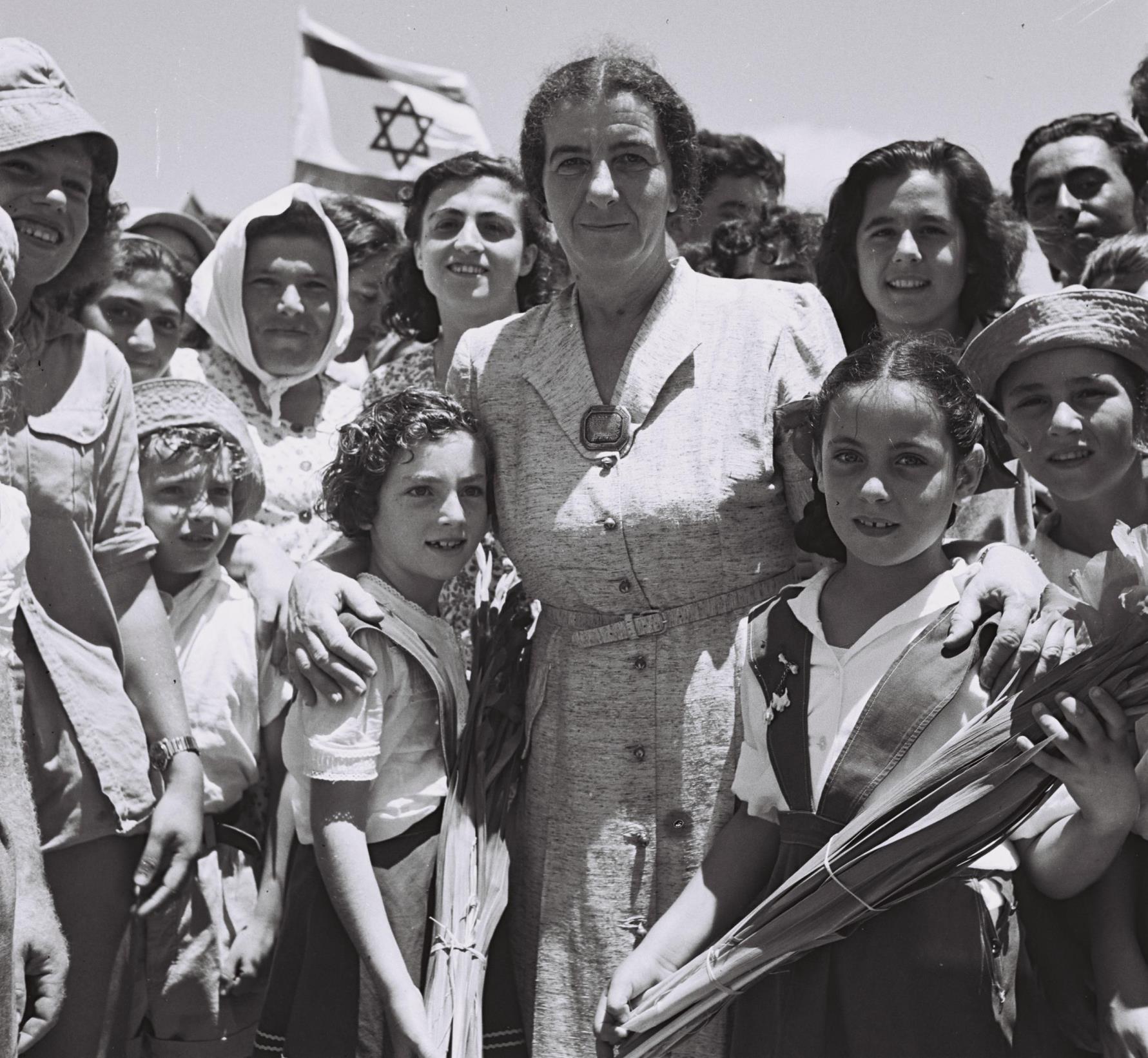
Throughout the austerity period, unemployment was high and inflation grew. On the positive, side, austerity enabled the state to preserve an adequate standard of living while at the same time integrate and resettle more than 700,000 Jewish refugees from Europe and the Arab world.
Seidman: “Gradually, as the economic situation improved and the emergency scheme’s failings began to outweigh its benefits, public pressure brought about the dissolution of the austerity regime. The Rationing and [Supply] Ministry was disbanded in late 1950, and the responsibility for rationing was transferred to other government ministries. From 1952 on [when the reparations agreement with Germany was signed], the austerity regime was gradually rolled back. By 1959 the Israeli government decided to formally end the austerity regime entirely.”
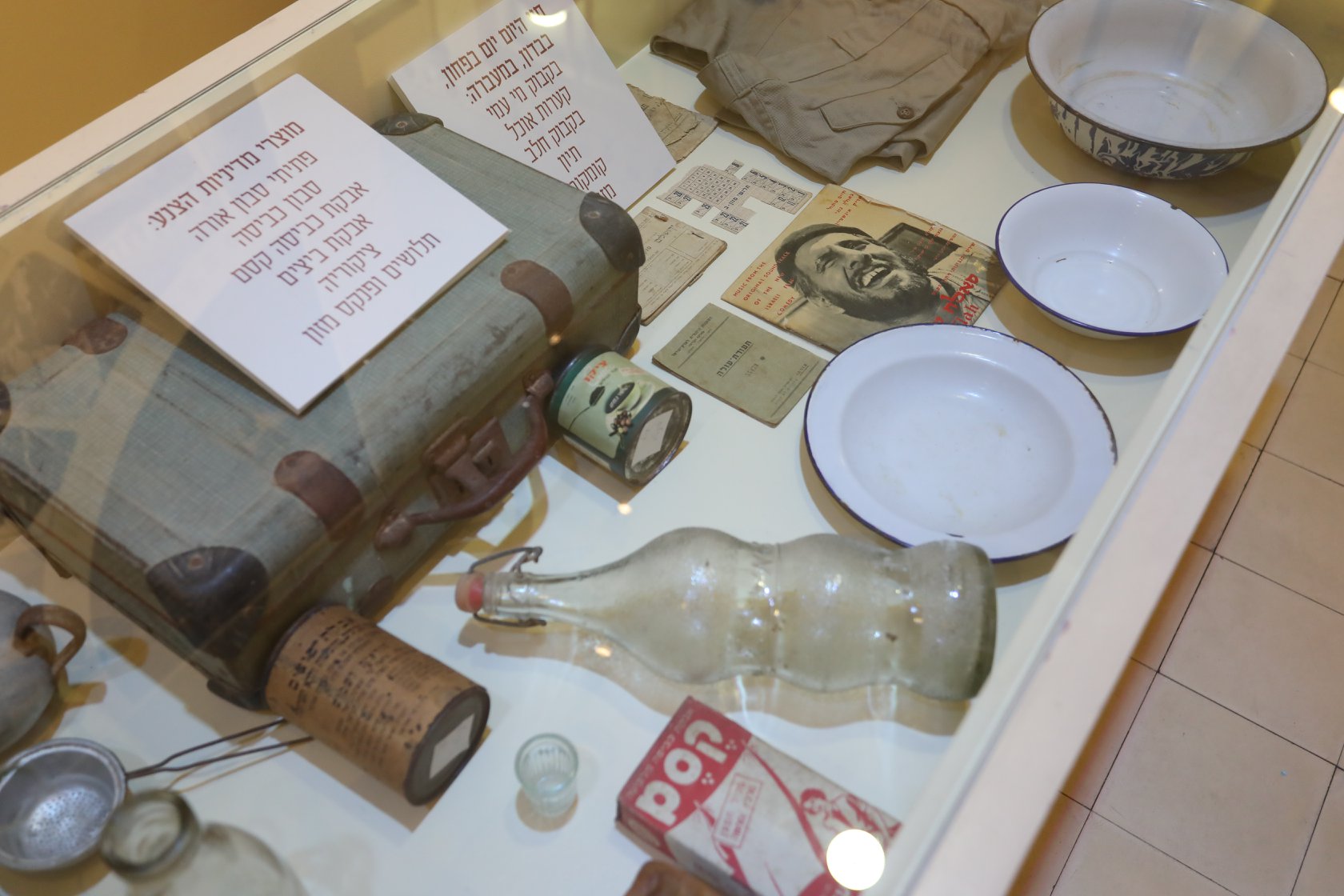
The HerzLilienblum Museum exhibit stresses the amazing nation-building efforts conducted during those years: loans were secured for infrastructure development (electric and other power stations, roadwork, communications systems, etc.), and the foundations of social legislation were laid (laws governing national insurance, work hours, maternity leave and more).
Another part of the exhibit is devoted to the creation of Israel’s currency. In February 1948, the British cut off the Israeli pound from the pound sterling market – a move that could have created monetary uncertainty. In a brave move — given that Israel’s independence had not yet been declared — the monetary infrastructure for the future state was created, and the Anglo-Palestine Bank (later renamed Bank Leumi) issued the new Israeli pound (also called “lira”).
There are also examples of the locally manufactured goods produced under the aegis of the Ministry of Rationing and Supply: school notebooks, “Flit” mosquito sprayers, washboards, and the ubiquitous Wonder Pot, which served as an all-purpose stovetop oven for all new immigrants.
Their nostalgic charm aside, the poverty of these items reinforces the exhibit’s message about the social and economic phenomenon that, only 70 years on, is a thriving, modern state of Israel.
Discount Group – HerzLilienblum Private Museum is located at the corner of Herzl and Lilienblum streets in Tel Aviv. Visits by appointment. For information, click here.




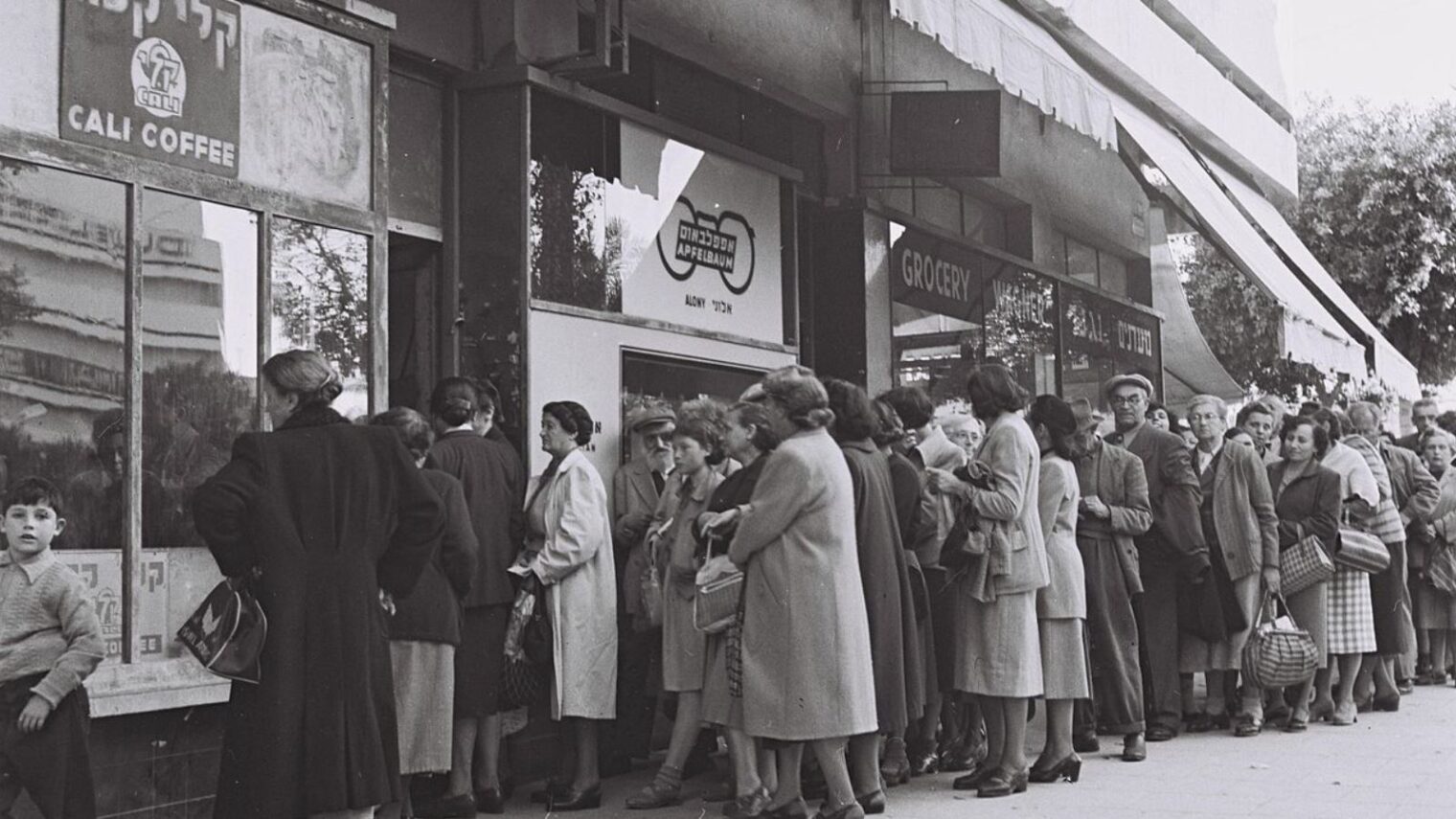










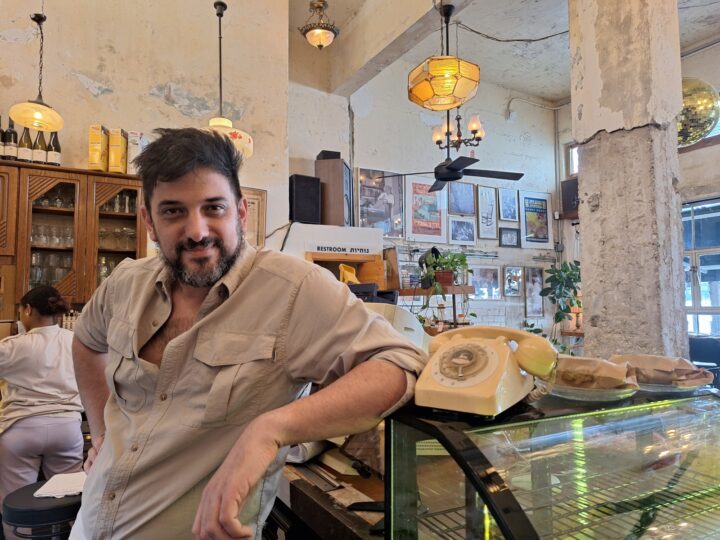
![Elections 1977 – Likud posters] In 1977, Menahem Begin led an election upset as Israel’s first non-Labor prime minister. Credit: GPO Elections 1977 – Likud posters] In 1977, Menahem Begin led an election upset as Israel’s first non-Labor prime minister. Credit: GPO](https://static.israel21c.org/www/uploads/2019/09/Elections_1977___Likud_posters_-_GPO-768x432.jpg)
